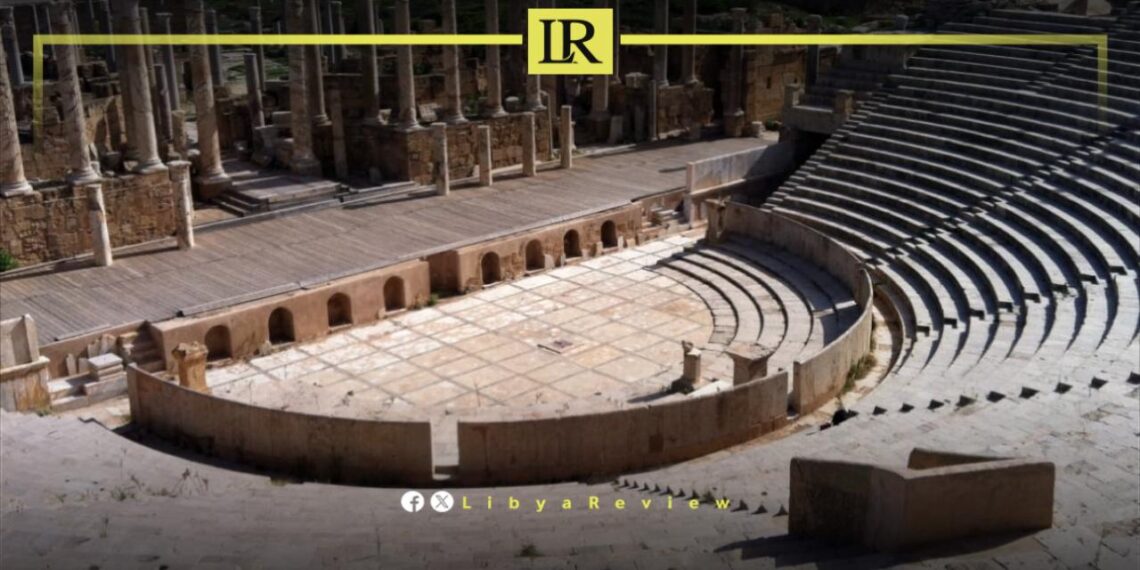Libya, a nation rich in historical, cultural, and natural attractions, has officially requested the United Nations to remove it from the list of high-risk areas. Despite its wealth of tourism assets, including some of the longest coastlines on the Mediterranean and vast deserts, Libya’s tourism industry faces significant challenges.
Libya’s Minister of Tourism and Traditional Industries, Nasruddin Al-Fazzani, stated that the country is experiencing a noticeable increase in domestic tourism. However, he acknowledged several obstacles hindering its growth, such as high transportation costs, the vastness of the country, and the large size of Libyan families.
During an interview with “Al-Wasat,” Al-Fazzani outlined the latest developments in the tourism sector and future plans to position Libya as a leading tourist destination. He emphasized the need for collaboration across various sectors, including transportation, communications, infrastructure, and safety, to create a comprehensive tourism offering.
The Minister highlighted that the current domestic tourism activity is crucial, with local tourism accounting for 60% of global tourism activities. He noted that Libyan cities like Misrata have become popular destinations for medical and beach tourism, while the Green Mountain region attracts visitors interested in desert tourism. However, issues such as high transport costs and inadequate family-friendly accommodation services remain a challenge.
Al-Fazzani also mentioned the increasing number of hotel apartments, resorts, and tourist villages across Libya, particularly in the Green Mountain area, and the positive impact of festivals and tourist events in boosting the sector.
Regarding international tourism, the Minister expressed optimism about recent initiatives, including the issuance of tourist visas and the expected launch of electronic visas, which are anticipated to boost international tourism.
Libya’s Ministry of Tourism is actively working on a promotional website featuring comprehensive information about tourist destinations, services, and cultural heritage. The Ministry also collaborates with the Ministry of Interior to ensure the safety of tourists and the success of tourism activities.a


